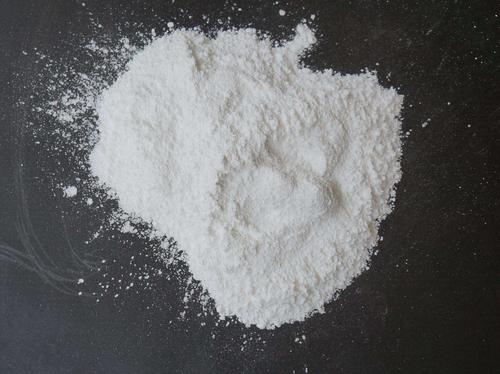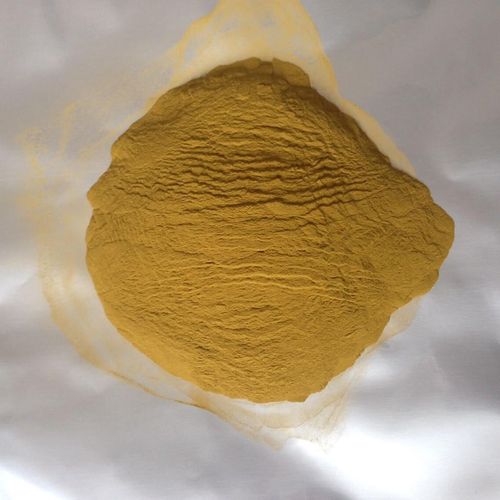**Title: Powder Metal Parts: Can You Really Weld Them? (The Truth Revealed)**
(Can You Weld Powder Metal Parts?)
**Main Product Keyword:** Powder Metal Parts
**Subheadings:**
1. What Exactly Are Powder Metal Parts?
2. Why Welding Powder Metal Parts Gets Tricky
3. How to Successfully Weld Powder Metal Parts
4. Applications: Where Welded Powder Metal Parts Shine
5. Powder Metal Welding FAQs: Your Burning Questions Answered
**Article Content:**
So you’ve got a powder metal part. Maybe it’s a gear, a sprocket, or a complex bracket. Now you need to weld it. Maybe it broke. Maybe you need to join it to something else. The big question pops up: **Can you weld powder metal parts?** The short answer is yes, you *can*. But it’s not always simple. It’s not like welding solid steel. Powder metal parts are different. Understanding those differences is the key to making welding work. This guide cuts through the confusion. We’ll explore what powder metal parts are, why welding them is challenging, and crucially, how to do it right for a strong, lasting bond.
**1. What Exactly Are Powder Metal Parts?**
Forget starting with molten metal. Powder metal parts begin life as, well, powder. Fine metal particles, like iron, copper, nickel, or alloy blends, get poured into a mold. Think of it like filling a cookie cutter. Next comes immense pressure. A powerful press squeezes this powder tightly. This forms a “green part” – it has the right shape but is still fragile. Then comes heat. The green part goes into a high-temperature furnace. This is sintering. The heat makes the metal particles bond together at their contact points. They fuse without completely melting. The result is a solid metal piece. This process offers huge advantages. It creates complex shapes with minimal wasted material. It produces parts needing little or no final machining. Powder metal parts are everywhere: in your car’s transmission, your power tools, appliances, and industrial machinery. They are cost-effective for high-volume production. But their unique creation also creates unique challenges, especially when welding comes into play.
**2. Why Welding Powder Metal Parts Gets Tricky**
Welding powder metal parts isn’t impossible. But it demands extra care. Why? It boils down to their structure. Remember those metal particles fused together? This leaves tiny spaces. These are pores. Porosity is inherent in sintered parts. Think of it like a sponge, but made of metal. These pores are the main problem. During welding, the intense heat makes gases trapped inside these pores expand. They want to escape. This often causes blowholes or pits in the weld. It weakens the joint. It can look ugly. Another issue is oil. Powder metal parts are often porous. They soak up cutting fluids or lubricants used during manufacturing or in service. Cleaning them thoroughly is hard. Any leftover oil or grease vaporizes instantly in the weld arc. This creates more porosity and contamination. The sintering process also affects the metal itself. It can change the microstructure. Sometimes it creates oxides within the material. These factors can make the heat-affected zone around the weld brittle. The part might crack near the weld. Finally, powder metal parts are often designed to be strong enough for their job, but not necessarily extra strong for welding. The base metal itself might not be as tough as a solid steel equivalent. If you weld it wrong, you risk breaking the part itself, not just the weld.
**3. How to Successfully Weld Powder Metal Parts**
Okay, welding powder metal is tough. But it *can* be done successfully. The secret is control and preparation. First, clean the part like crazy. This is non-negotiable. You must remove all oils, greases, and contaminants. Forget simple wiping. Use aggressive degreasers. Consider vapor degreasing or ultrasonic cleaning. For critical parts, baking them in an oven helps drive out absorbed oils trapped deep in the pores. Preheat is your friend. Gently heating the part *before* welding (around 250-400°F or 120-200°C) helps. It drives out moisture and reduces the thermal shock when you start welding. This minimizes cracking. Now, choose your welding method wisely. Resistance welding (like spot welding) is often a good choice. It’s fast and concentrates heat. But it needs good electrode contact. Laser welding is excellent. It offers precise control with minimal heat input. This reduces the heat-affected zone and porosity risk. Electron beam welding works similarly well in a vacuum. TIG welding (GTAW) is a common manual option. Use a filler metal slightly softer than the base metal. This helps absorb stresses. Keep the heat input low. Use smaller diameter filler wire and lower amperage. Make short welds. Let the part cool between passes. MIG welding (GMAW) can work too, especially with short-circuit transfer for lower heat. Avoid high-heat processes like stick welding unless you have no choice and accept the risks. Always, always practice on scrap pieces first. Test your settings and technique.
**4. Applications: Where Welded Powder Metal Parts Shine**
Despite the challenges, welding powder metal parts makes sense in many real-world situations. Repair is a big one. A valuable sintered component cracks or wears. Replacing it might be expensive or take weeks. Welding offers a fast, cost-effective fix. Think of a unique gear in an older machine. Welding it back together gets production running again. Joining is another key application. Sometimes you need to attach a powder metal part to a different material. You might weld a sintered bronze bushing into a steel housing. Or attach a powder metal flange to a solid steel shaft. Welding creates a permanent, strong connection. Some complex assemblies are easier to make by welding simpler powder metal sub-components together. This leverages the design freedom of powder metallurgy for the individual pieces. Where does this happen? Look in automotive repair shops fixing transmission components. See it in agricultural equipment maintenance. Industrial machinery rebuilds often involve welding sintered parts. Manufacturers sometimes design assemblies knowing certain powder metal pieces will be welded post-sintering. The key is knowing the limits and designing the weld joint appropriately for the expected loads.
**5. Powder Metal Welding FAQs: Your Burning Questions Answered**
Let’s tackle the common questions head-on.
* **Can *all* powder metal parts be welded?** Honestly, no. Some materials or designs are too porous or brittle. Parts with high oil content that can’t be fully removed are bad candidates. Very low-density parts are risky. It depends heavily on the specific material and the part’s condition.
* **Is the weld as strong as the original part?** Rarely. The weld zone is different metal. The heat-affected zone nearby might be weaker. A well-executed weld on a suitable part can be strong *enough* for the application. But don’t expect it to match the strength of the untouched base material everywhere.
* **How do I stop porosity ruining my weld?** Cleaning is 80% of the battle. Preheating helps the rest. Using low-hydrogen filler metals and processes like TIG or laser that shield the weld well also minimizes gas problems. Lower heat input generally means less porosity.
* **What filler metal should I use?** Usually, a softer filler metal is better than a harder one. For common iron-based powder metals, a mild steel filler like ER70S-6 for TIG/MIG often works. Sometimes nickel-based fillers (like ERNi-1) offer better crack resistance and ductility. Consult material specs if possible.
* **Is brazing a better option than welding?** Often, yes! Brazing uses lower temperatures. It doesn’t melt the base metal. This drastically reduces the risk of cracking and porosity. It puts less stress on the part. Brazing is frequently the preferred joining method for powder metal parts when a strong, reliable joint is needed. Consider it seriously before choosing welding.
(Can You Weld Powder Metal Parts?)
* **Are there safety risks?** Yes. Burning off oils and lubricants trapped in the pores creates fumes. These can be harmful. Excellent ventilation or fume extraction is essential. Wear proper respirators rated for metal fumes. Treat it like welding any oily metal, but worse. Be aware of the potential for hot particles escaping.
Inquiry us
if you want to want to know more, please feel free to contact us. (nanotrun@yahoo.com)


